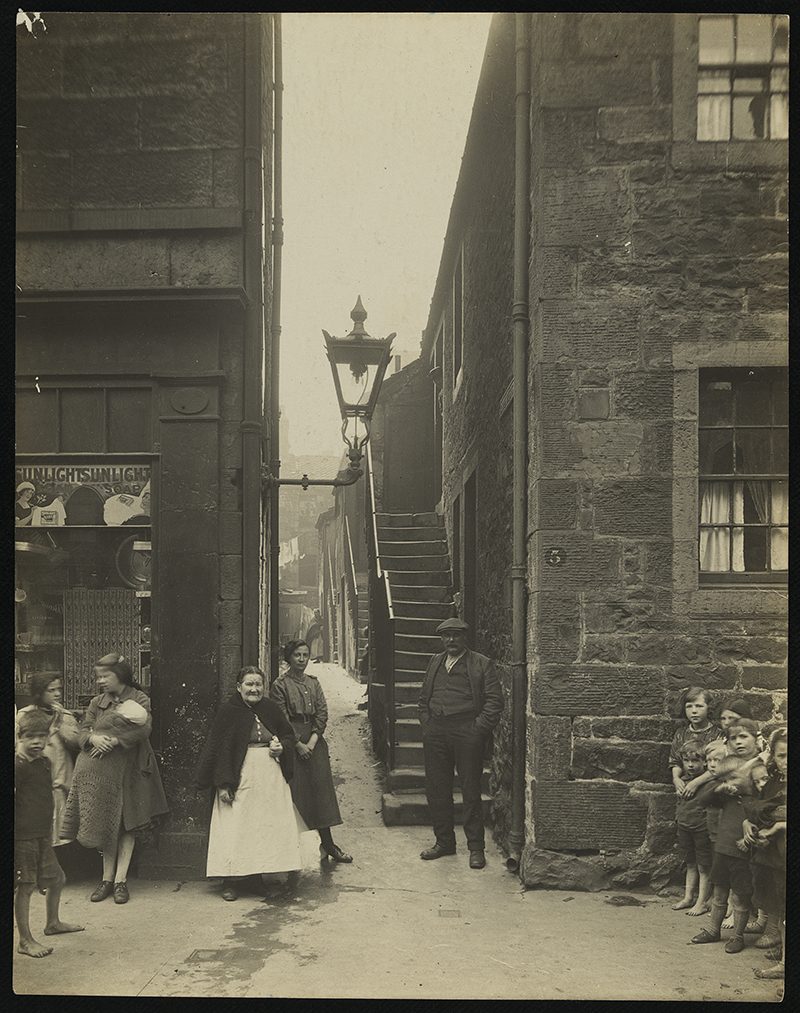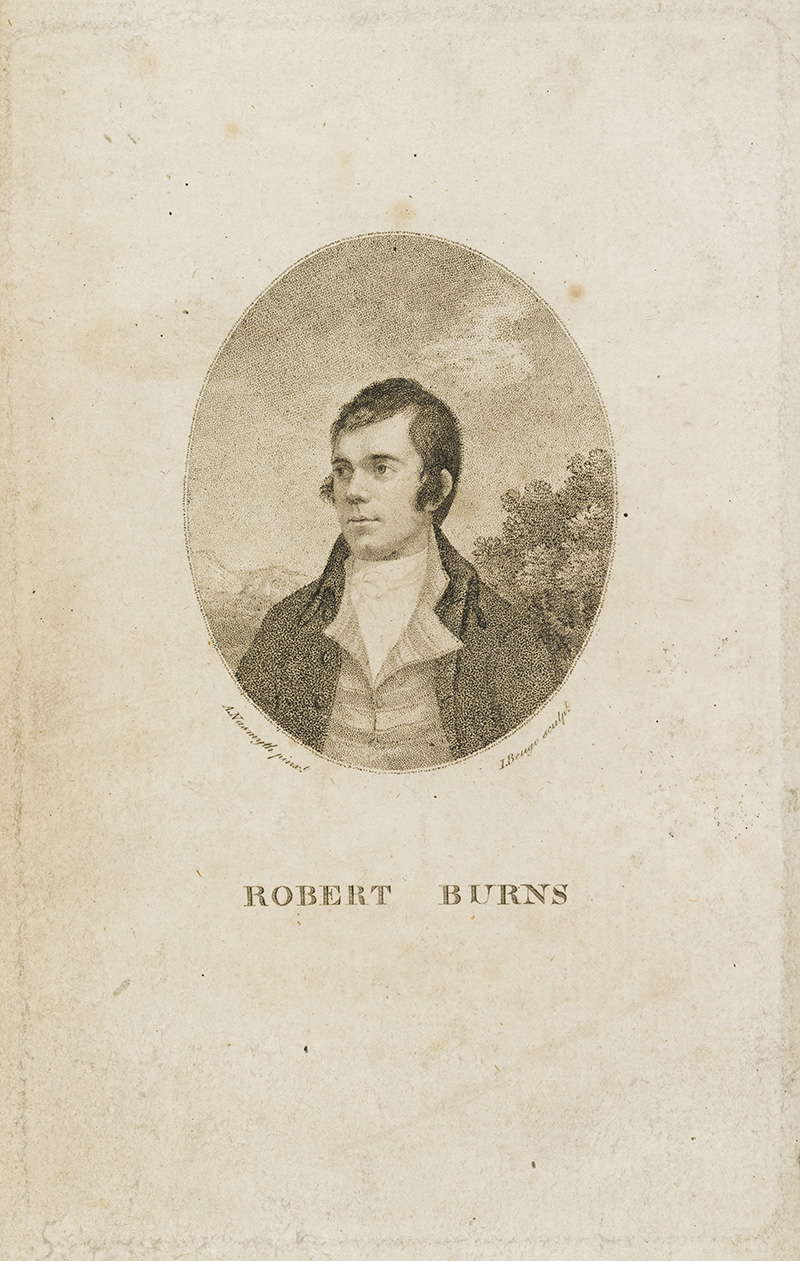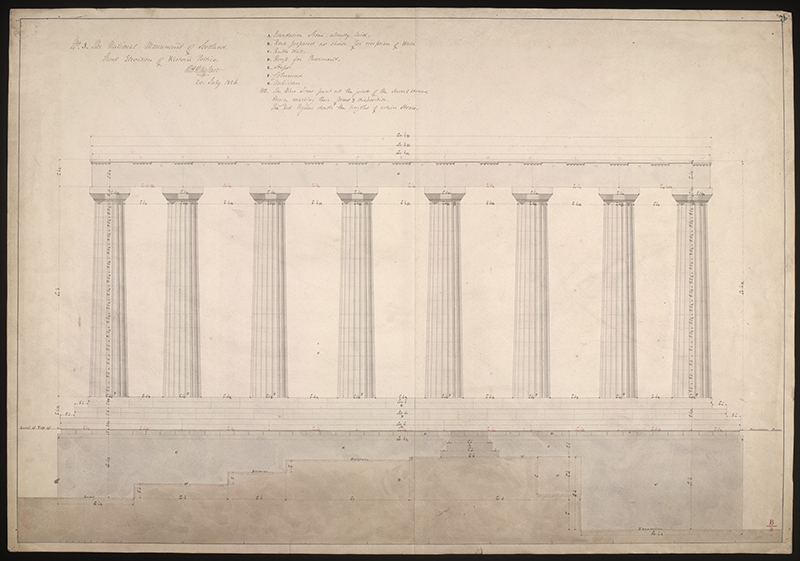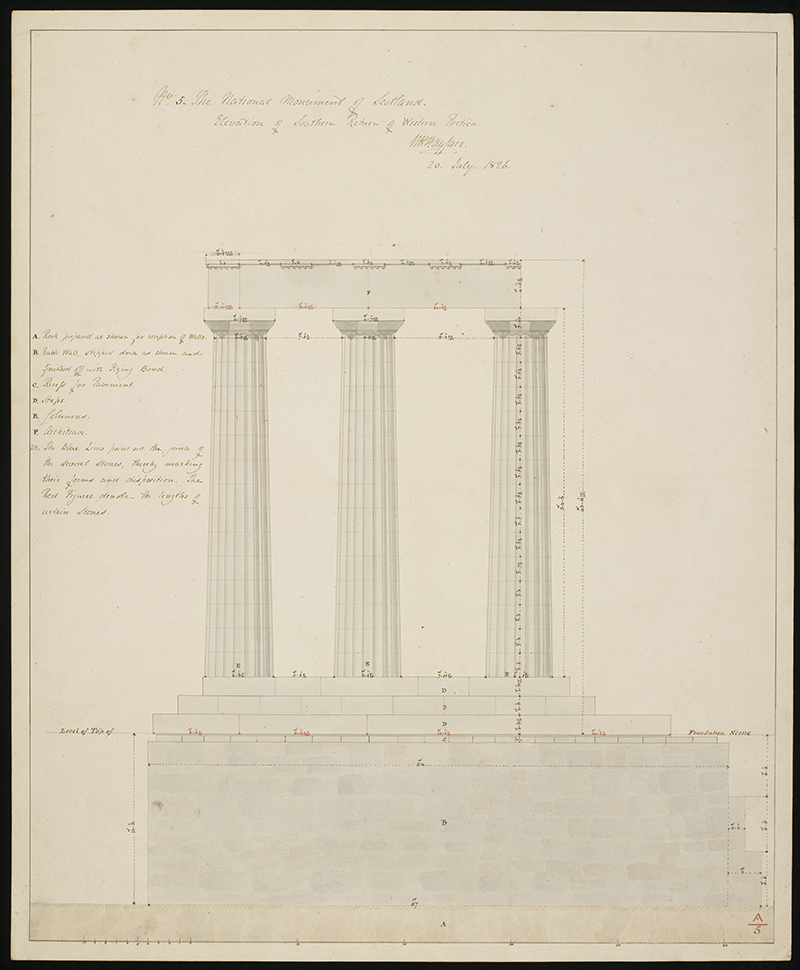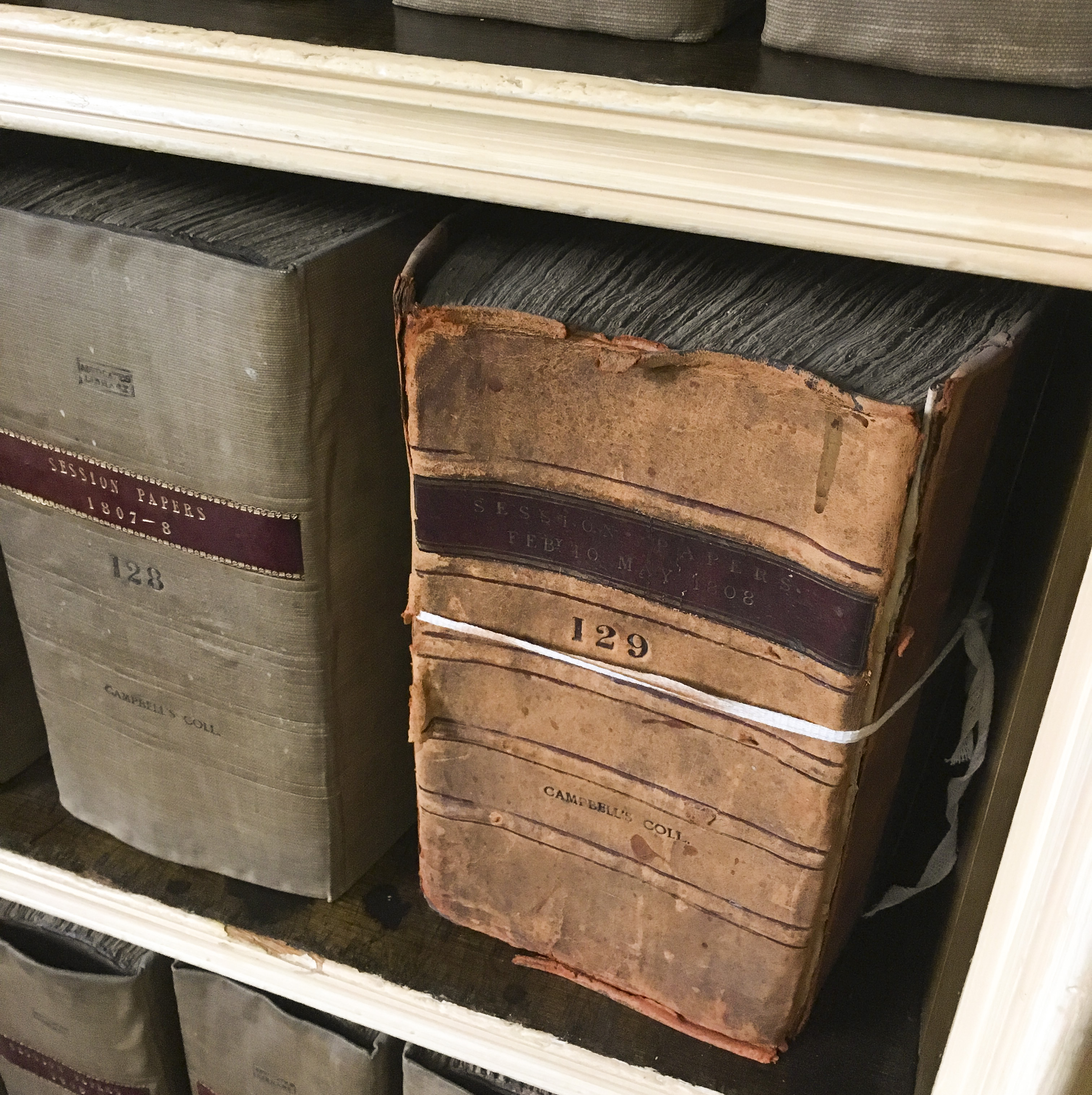 At present I am working on a pilot project, digitising the Scottish Court of Session Papers. The collection is held across three institutions; The Advocate’s Library, The Signet Library and the University of Edinburgh’s Library and University Collections. The collection itself consists of circa 6500 volumes, comprising court cases which span the 18th and 19th century.
At present I am working on a pilot project, digitising the Scottish Court of Session Papers. The collection is held across three institutions; The Advocate’s Library, The Signet Library and the University of Edinburgh’s Library and University Collections. The collection itself consists of circa 6500 volumes, comprising court cases which span the 18th and 19th century.
The aim of the pilot is to determine the most effect digitisation methods for these materials with a view to a potential mass digitisation project covering the entire collection. The digitisation tests and experiments I have been undertaking have raised the many challenges that such a large project would present, namely around the issue of recording metadata and which digitisation practices to employ in relation to the condition and size of any particular volume.
